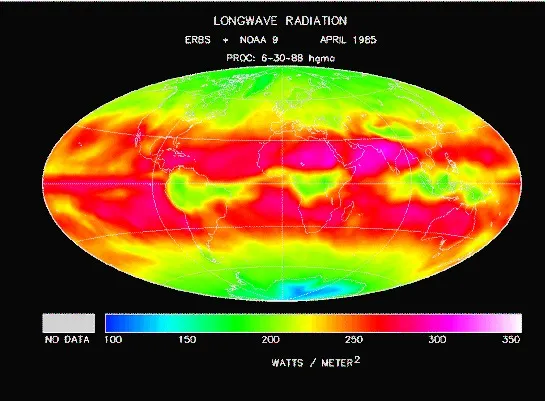Newly developed material for radiative cooling of photovoltaics
- The researchers from Spain have developed a material claimed to provide radiative cooling as well as self-purification of e-devices which are subject to critical heating when operating, such as photovoltaic cells. The heat emitter allows decreasing the day-hours temp of the silicon substrate by about 14 degrees C.

Spanish scientists state they have found an innovative 2D material able to minimize temp in electronic units subject to extreme heat while operating, for example solar panels.
The press release announces the discovery as an affordable material made of one layer of SiO2 microspheres self‐assembled on soda‐lime-silica glass. The material, created by scientists from two Spanish Institutes (in Catalan and in the capital of the country), is expected to essentially decrease heat by cooling the surface it is applied to. Moreover, the cooldown causes neither energy consumption nor gas emission.
The experts say their thermal emitting substance allows reducing the daylight heating of silicon by approximately 14°C. They add that temperature decrease can even reach 19°C, provided the structure is reinforced with one layer of silver. The experts explain the emissivity coefficient of the one-layered colloid structure as well as its cooling level might be raised through utilizing a silicon dioxide substrate.
But for the newly invented material, the temp drop cannot exceed 5°C.
How radiative cooling works
Radiative cooling is tendency of any object on our planet to partially emit the heat it has received from solar radiation. The earth’s atmosphere directs this heat back, with the exception of infrared wavelengths, the latter can pass through the planet’s atmosphere. The researchers are sure they have found a material emitting infrared waves.
Also read


